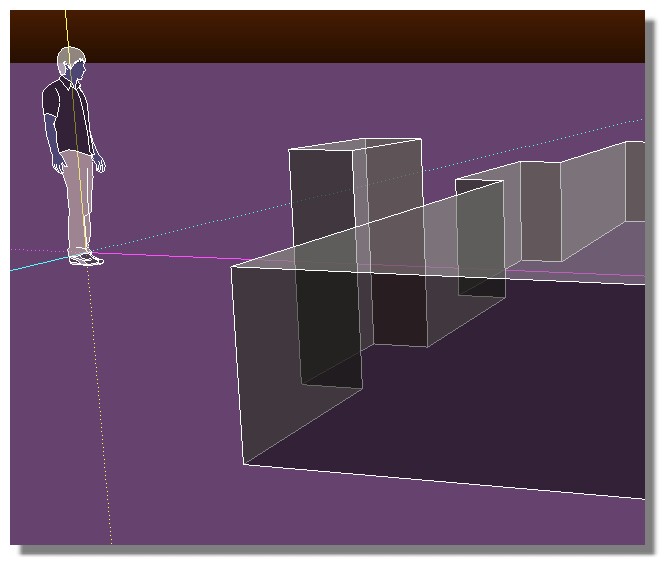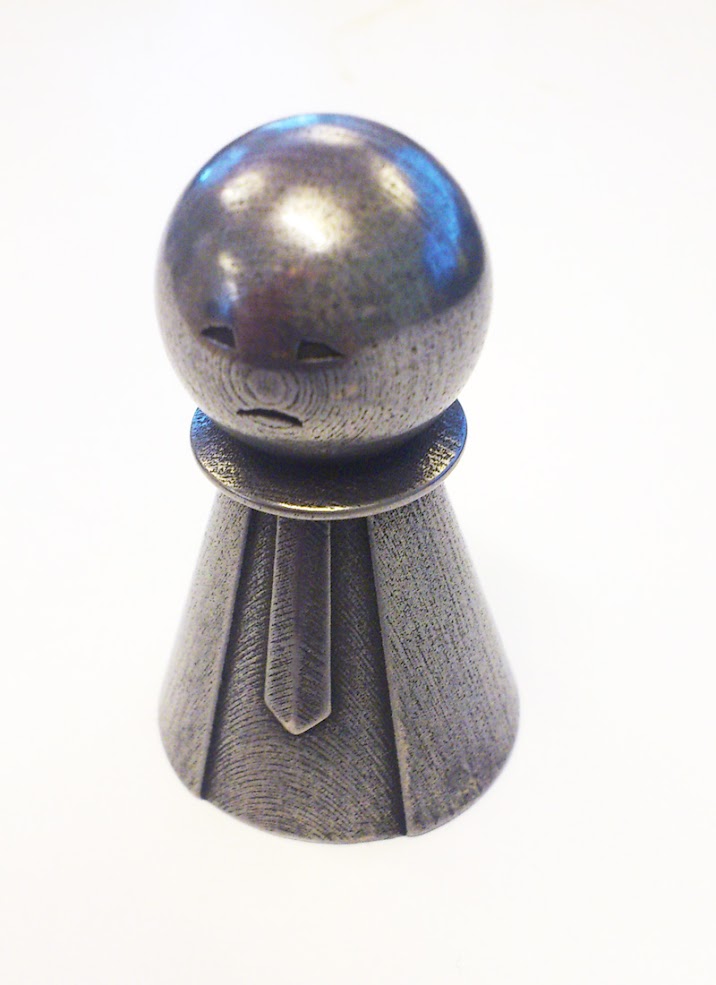Building thickness
-
@pbacot said:
OK. As I understand, it will.
It's depending on the printing technology. If it's powder based for example, you need escape holes for the powder inside... for some ideas of rules see here.
You need to follow the design rules for the specific printer that will be used! (wall thickness, holes, ...)
A quick way to add thickness to the walls in this case could be the JPP plugin from Fredo, and to make it into a solid component use Solidsolver from TIG...
[screenr:3mtb2nbb]YSUN[/screenr:3mtb2nbb]
-
@Cotty
How select the faces on this video ?
Does the background external faces of the 2 "little boxes" are selected?
Have you a screenshot of the JPP toolbar regulates? -
Does this screenshot help?

-
-
I've got the same problem with your geomtry...
-
I believe that your geometry works because your 2 little boxes are "penetrating" by the top inside the big one!
Mine is just "pasted" without soaking even inside is effectively dug!
So maybe Fred must improuve his JPP!

-
@rudbeckia said:
A 3d printer will not read just a face in SU even in the faces are closed, like a cube. It does not read the cube as a solid......at least thats what i have been told.
I've not had that problem. When you have a closed volume, in SketchUp it will say "Solid" in Entity Into then it's good to go for 3d print.
This was printed from a SketchUp model:

https://plus.google.com/u/0/photos/103450081381233788032/albums/5754245713469640065
I used iMaterialize's services.
-
Poor pawn !

-
The simple definition of a manifold solid - one that will successfully 3d-print when exported to a compatible file format - is a collection of 'geometry', consisting of just faces and the edges bounding those faces [within a group or a component 'container'].
Every edge must bound exactly two faces - no fewer and no more.
So that precludes faceless edges, or edges around holes, forming flaps/shelves etc with therefore one face only, or edges bounding internal partition faces where they would have three or more faces, or edges shared by two otherwise seemingly solid objects - like cubes meeting along one edge - where that edge is shared by four faces.
It also precludes nested groups/components and any other entities like text and dims.
Although construction-lines and points [aka guides] within a collection do not compromise its solidity, these are best avoided when sending on for 3d-printing etc... -
You should consider downloading a demo version of Rhino and running the Shell command. I'm assuming you're just printing the outside volume of these buildings, therefore you don't need floors. Shell will do what I think you're looking for.
Advertisement









